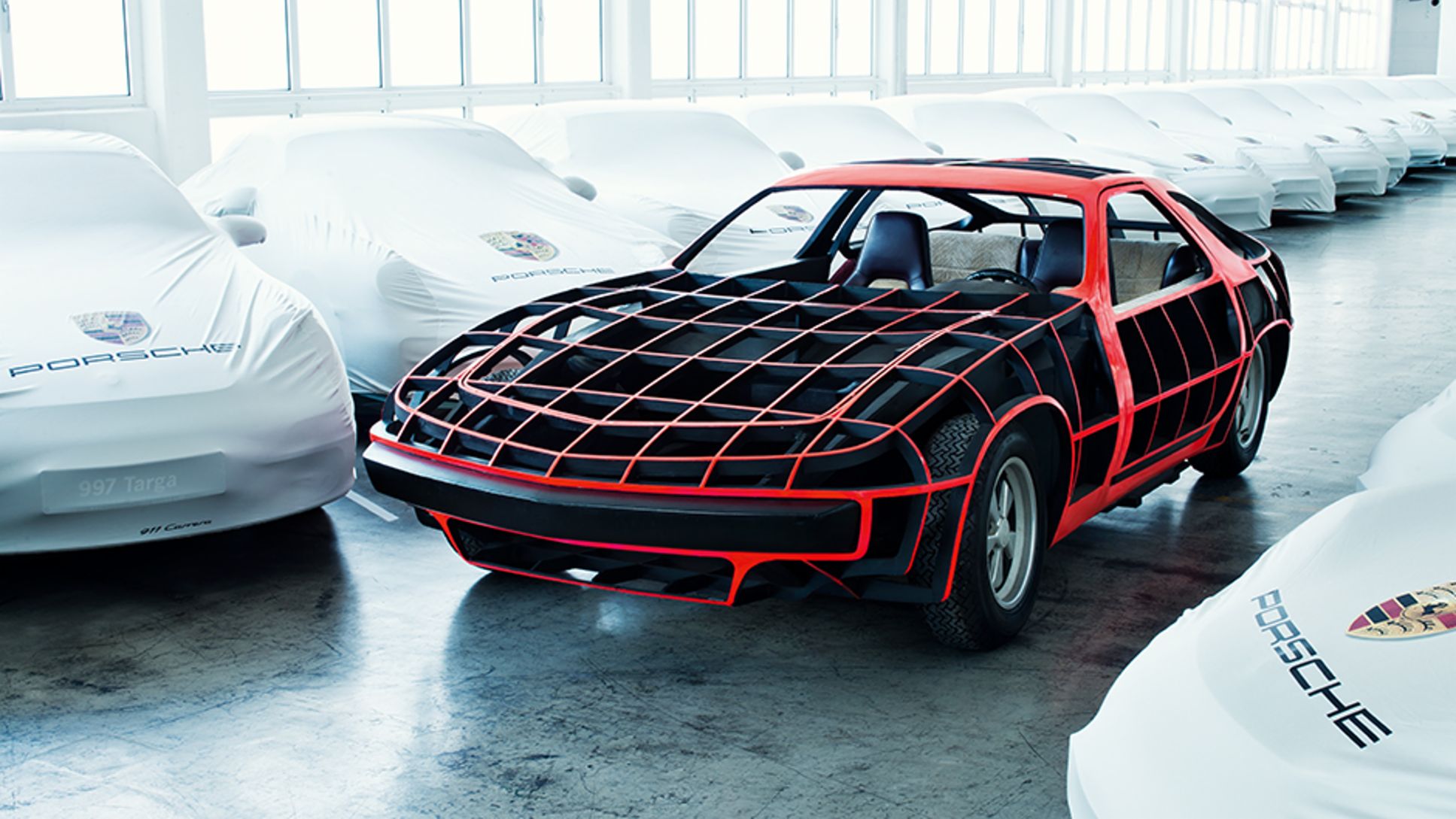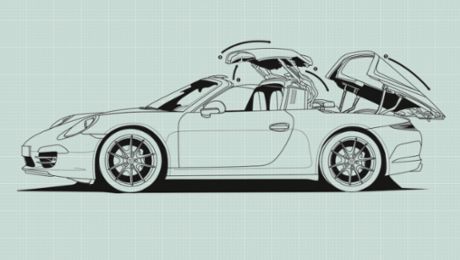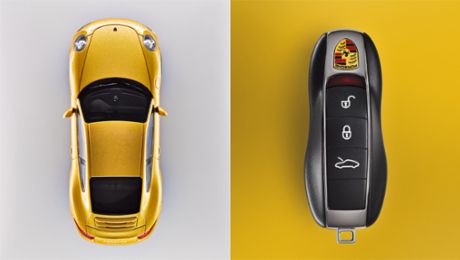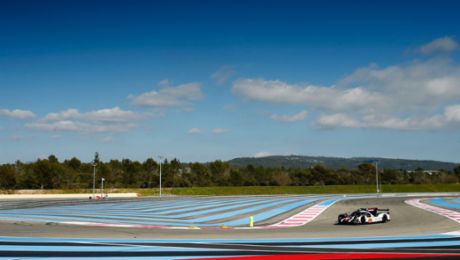Mr. Schneider, why, in this age of constantly improving computer simulations, are there still driving prototypes?
Today vehicle development without the use of digital tools is unimaginable. That saves us a lot of time throughout the entire development process. Nowadays we can successfully simulate every part on the computer, and then we crash the parts on the screen as well. Nevertheless, in the future, too, the evaluation of actual vehicles will include driving tests.
So no early retirement for crash-test dummies?
No. I have to disappoint you there. We must also take into account the rising complexity of the vehicles. Just consider the variation in the drive system and the chassis, the increasingly numerous assistance systems, and not least the big future topic, the “connected car.” And to develop and secure all of these systems, the number of prototypes should in theory actually rise.
In theory?
Using computer simulations, we can at least keep the need for hardware—that is, real prototypes—at a constant level. The simulations have the inestimable advantage that we only have to build the digital prototypes once and can then use them as many times as necessary. That means the tested components have a much higher level of maturity, which represents exceptional savings potential in terms of time and costs.
So software versus hardware is only an apparent contradiction?
The key is ultimately the intelligent interaction of digital and real prototypes. It was the only way we could develop the super sports car 918 Spyder in record time. But simulation does have its limits. Only in a real prototype do we see how the vehicle reacts under real-life conditions. And for every Porsche, those real conditions include use at the limits of performance, such as on the racetrack. So every Porsche is put through its paces on real asphalt. Ultimately, it’s the lap on the Nürburgring that counts. And of course, the prototype also has to pass the endurance test. No simulation, no matter how good, can determine the wear on the vehicle after 150,000 kilometers on real roads and testing grounds.
How many prototypes did you have in operation for the new Macan model line?
In the Macan development project, we used about 190 prototypes. This number can vary upward or downward depending on whether we can take parts from the toolbox and the degree of newness of the vehicle.
Is the developer still moved by gut feelings?
Absolutely. At the end of the day, you have to experience that sports-car feeling. That applies to the developers as much as to every Porsche owner. You have to sit in the prototypes to know and experience whether the functions and the aesthetics work. That’s absolutely a part of the developer’s profession.
Info
Text first published in the Porsche customer magazine Christophorus, No. 368.
Consumption data
Macan: Fuel consumption (combined): 9.2 l/100 km to 6.1 l/100 km; CO₂ emissions: 216 g/km to 159 g/km
918 Spyder: Fuel consumption (combined): 3.1 (3.0*) l/100 km, Electric power consumption (combined): 12.7 kWh/100 km; CO₂ emissions: 72 (70*) g/km, * with Weissach package





